Question:
Answer:
If the brown discoloration is in fact caused by toenail fungus, then yes, the laser treatment may help. But if the discoloration is caused by bruising under the toenail or is the result of surface staining of the nail plate, then no, laser treatment would not help.
A couple of questions may help determine how likely it is that the discoloration is caused by a fungal infection.
1. How long ago did the discoloration begin.
2. Have you ever had athlete's foot?
3. Have ever had any trauma to the toenails where they became bruised under the toenail?
How Long Have You Had The Discoloration
Generally speaking, the longer the toenails have been infected, the more difficult it is to get rid of the fungus and return the toenails to a normal appearance. Some of this has to do with how much the matrix or root of the toenail has been stretched and or damaged by the thickening of the toenail. In some cases the thickening can become permanent. However the color will typically change significantly and improve after being successfully treated to remove the toenail fungus that is infecting the toenails. But, the toenail may remain thicker, if there has been damage to the matrix or root of the toenail.
Athletes Foot
Athlete's foot is sometimes caused by the exact same fungus that infects the toenails. Toenail fungus is an infection of fungus in then toenails. Athletes foot is just a toenail fungus infection in the skin on the feet. If you have had athletes foot it s possible that you could have the fungus in your shoes that could lead to a toenail fungus infection.
Toenail Trauma
If you have repeatedly traumatized the nails by stubbing your type, or beating them up in running shoes, you may have bruising under the toenail. If there is bruising under the toenails, it may change the treatment options available to you. For example, if there is a large amount of dried blood underneath the toenail, the dried blood is dark in color and may absorb heat and burn the nail bed underneath the toenail if you were to have the laser toenail fungus removal procedure. In addition, a bruised toenail may look like a fungal toenail, but not actually be infected with toenail fungus.
If you aren't sure whether or not the brown discoloration in the toenail is caused by a toenail fungus infection you can visit a podiatrist specializing in the treatment of toenail fungus. Another quicker option is to take a picture of the toenails and arrange a free remote email or phone consultation so you can get a better idea of the extent of the problem.
Dr. Christopher Segler is a podiatrist who specializes in the treatment of toenail fungus infections in San Francisco, Oakland, San Rafael and San Jose. He is board certified, American Board of Podiatric Medicine. If you have a question about discoloration of the toenails that may be caused by toenail fungus you can call him directly at 415-308-0833.
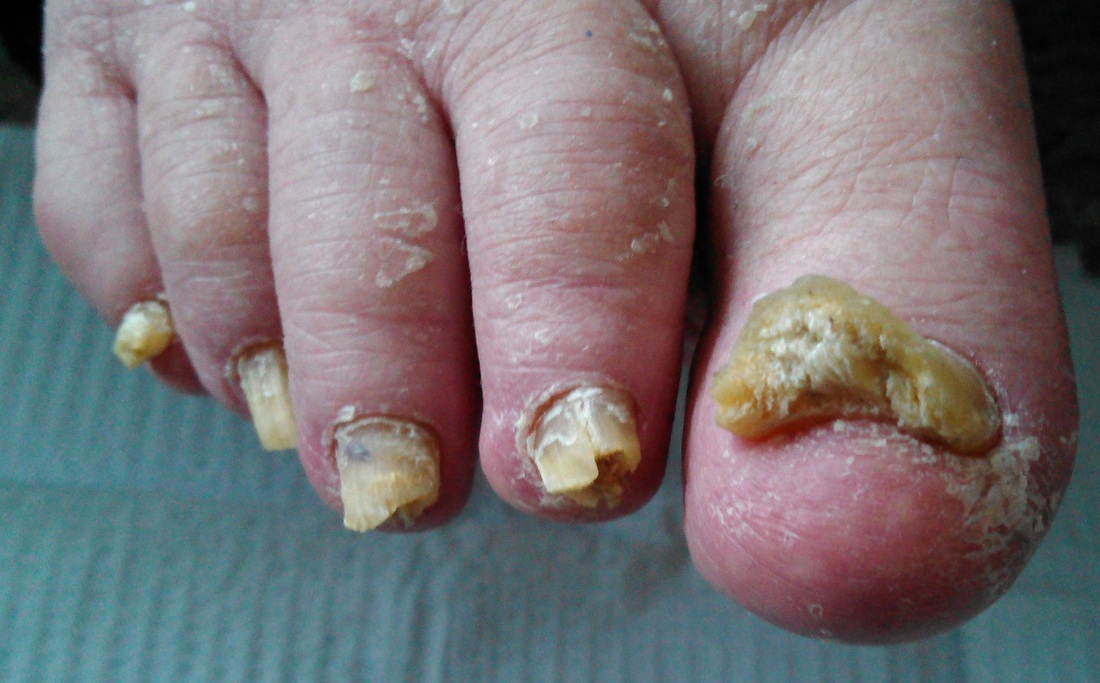
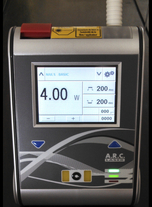

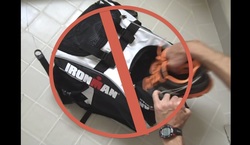
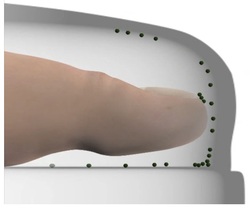
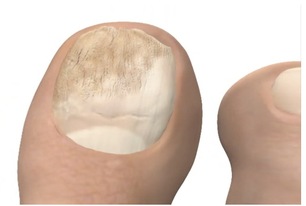
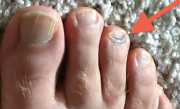
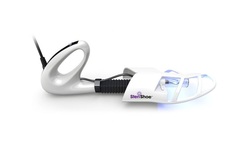
 RSS Feed
RSS Feed